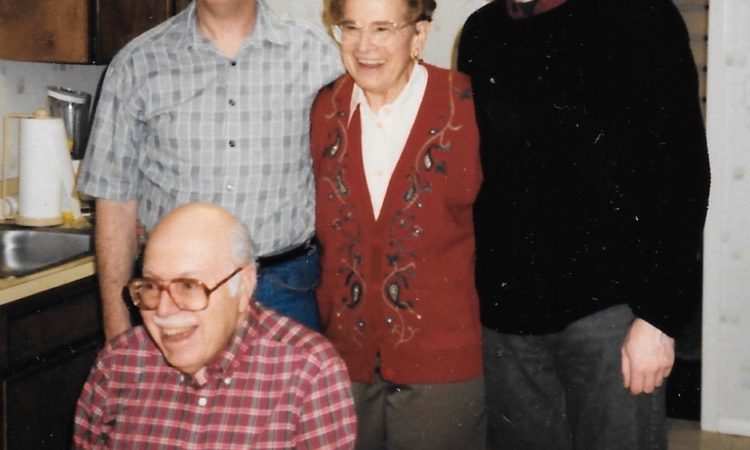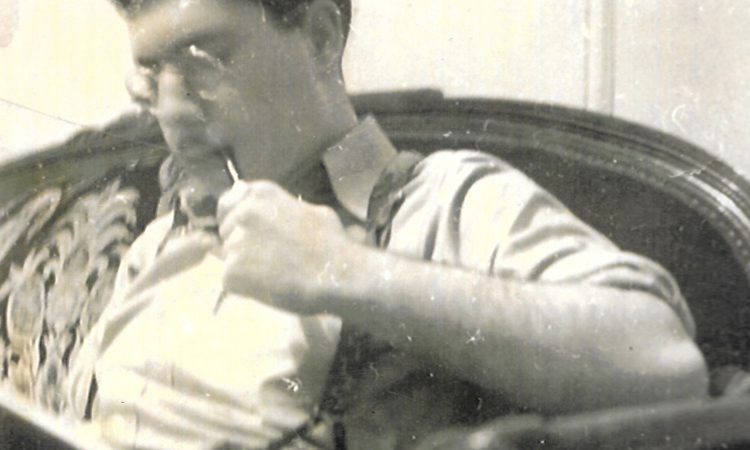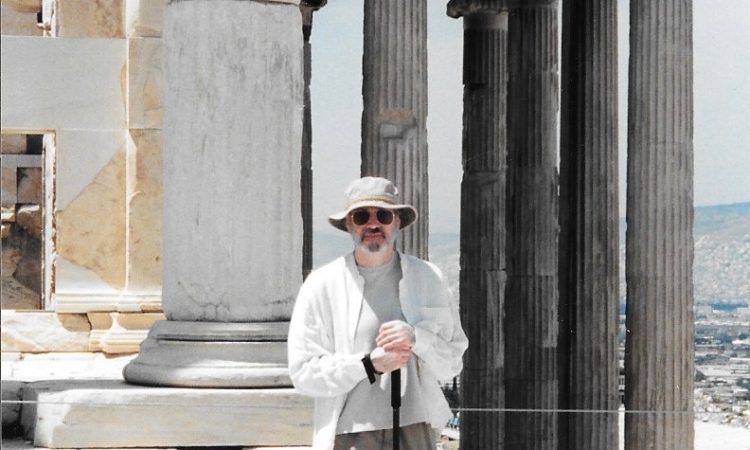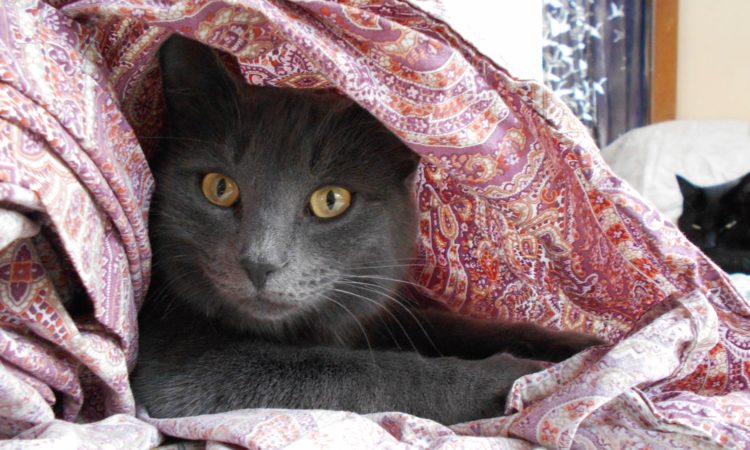Trump is reaching from the White House and news media to classes throughout the US, and the world, so teachers are fighting him everyday. They’re fighting the way he is influencing individual children as well as the collective psyche of the nation. Many teachers have spoken about the difficulties they have faced in their classes since the election. They value open discussion, but too many students seem poised to verbally leap onto the metaphorical backs of fellow students. Many students do not feel safe to voice their views.
But to have a successful class means creating not only a safe environment, but a sense of community, of working together to learn. How do you do that? And how do you respond when students verbally attack one another, or you?
Ruben Brosbe recently wrote an article about this subject. The country has become more divided and partisan, he said, and teachers are supposed to be neutral. “But schools and teachers must resist the urge to remain ‘neutral,’ because doing so only reinforces the dominant political ideology of their communities.” The community, the media are certainly not neutral, nor are most teachers, no matter what they do or try to do. 82% of teachers in the US are white, despite a student population that is more than 50% made of minorities. This can make it less likely that teachers will engage with controversial issues related to race and other forms of identity.
Brosbe provides resources from the Morningside Center that can be extremely useful to teachers, like finding out what students already know about a controversy, making connections to student’s lives and allowing them to opt out of uncomfortable discussions.
The Center also recommends setting a tone of responsiveness and openness. To begin the school year, make group agreements about ground rules and processes to facilitate positive and respectful interactions. There can be no delay or hesitation in your doing this. And Social Emotional Learning has never been more relevant and important.
In my experience, to create openness in a classroom, you must be open. When students feel seen and heard, they come alive, so make sure to greet students as they enter the classroom. From the very first day, let students know you see them and they are important. Come to class as engaged and present as you can, so students see you as a person first, and then as a teacher.
The job of a teacher is not just to increase knowledge in a particular subject, but help students learn to think clearly and work with others—and learn that discussing issues with others is a vital component of thinking and learning. Brosbe quotes Dr. Paula McAvoy as saying that schools are one of the few places students can learn to go beyond campaign rhetoric to really examine evidence. I agree. Students who can’t speak to others respectfully or who don’t know the difference between a fact and an opinion, or a truth versus propaganda, do not meet those criteria. Trump might imagine that whatever pops into his mind is the only truth. He might believe that anyone who disagrees with him should be punished. But it is the job of teachers to challenge that way of behaving and thinking when it arises in the classroom.
To create the sense that logic and reason, as well as compassion, are equally the core of an education, always make clear your own reasoning, sources of information, and willingness (if the facts warrant it) to change your position on most anything—except how you will treat students and other people.
Too many people think of discussions as a competition for who gets to speak or dominate. They think of a viewpoint as their identity, which they must hold on to as tightly as they can so they don’t disappear. The competitive, warlike atmosphere that many politicians and bureaucrats mistake for a constructive educational environment undermines education. Fear is not a good teacher. When you teach with fear, not only are you limiting the quantity of information you can integrate, but you learn that learning is fearful.
People easily imagine that when you speak, you are simply expressing yourself. But to speak, you must create an idea in your mind of your audience. You can’t utter a word without an idea of who is listening. You speak differently to a one year old than an English professor, differently to your peers than your parents.
When some people speak, they speak to the crowd in their mind, not the breathing people in the classroom with them. They do not see others or try to learn from them, and thus feel isolated. Ask students what being isolated feels like. You must look at and listen to the people you speak to if you want a good conversation.
Make the class discussions themselves the teaching. Ask students: How can the way you speak to others influence how well you learn? Did anyone ever cut you off or shut you up by the way they spoke? If someone doesn’t hear you, will they learn from you? If you don’t listen, will you hear?
Occasionally, in a class discussion, especially if the level of tension is rising, stop the discussion. Ask students to close their eyes, partially or fully, and take two calm breaths. With the third breath, ask them to notice how they feel. Or with the third breath, ask them to bring to mind a person with whom they were having a disagreement. Have them picture the person and imagine that they have feelings, just like they do. They hurt, just like they do. They want to be accepted, just like they do.
Teach students three aspects of a learning dialogue:
- The quality of your listening: What exactly did you hear? Be ready to check if what you heard was what was said.
- The quality of your understanding. What was your evidence? Was the evidence factual, reliable, and well supported? Make sure students recognize the need for accuracy and truthfulness in their speech. Talk about what a fact is, and how it is different from a theory or opinion. How do you verify or support a fact versus an opinion?
- The quality of metacognition and reasoning. In order to think clearly and discover bias and points of confusion, you need to be mindful of your thinking process. For what reasons did you say that? What was your intent? And: How did you figure that out? Did you jump to a conclusion too quickly? Did your conclusion clearly follow from the evidence?
Help students be more observant of others by playing theatre improvisation games. Pair up students to mirror each other. The pairs stand, facing each other, hands up with palms facing their partner as if there was a glass surface between them that they never break. Ask them to decide who will first lead, who will mirror. As the leader moves her right hand back, away from the mirror, the follower moves his left hand away. They continue moving together until you call out switch—and they change roles without stopping. Or: show students an ambiguous photo of people in a group and let them create a story of who the people are and what they are doing.
Critical thinking is a process, not an immediate taking of a position. It requires that you question and test your understanding and ideas, as well as feelings, and recognize discussing with others is a crucial component of that process. When you consider a diversity of viewpoints and listen to those who disagree with your original position, this is not a threat to who you are but an expansion—if it is done respectfully. Viewpoints must be seen as evolving, not final. The process of arriving at a conclusion is as important as the answer or solution you derive. The process influences the quality, depth and breadth of that solution.
Students come to school partly to test reality and discover if what they heard at home reflects what happens in the larger world. Teachers know this. Intellectually opposing a teacher or other students might be the only way some children can rebel or learn to assert themselves.
This can be painful for teachers to deal with. It is so easy to feel you have failed if your students treat you or each other badly. But if you can keep in mind the depth and importance of the struggle you are engaged in, it might help you be kinder to yourself. We have a bully in the White House. We have to do what we can so a caring, clear thinking person, not a bully, presides in the classroom.
**The increase in anxiety and fear in the classroom and society also interferes with learning and reasoning. Here is a link to a blog on helping relieve student/teacher anxiety. And the New Yorker published an article in September of this year, by Clint Smith, called “James Baldwin’s Lesson For Teachers In A Time Of Turmoil.” It is about a talk given by Baldwin in 1963.








